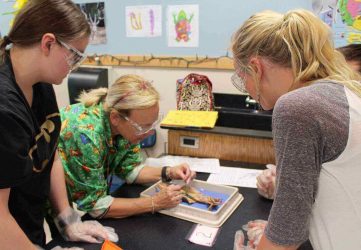A seat belt, also known as a safety belt, is a vehicle safety device designed to secure the occupant of a vehicle against harmful movement that may result during a collision or a sudden stop. A seat belt functions to reduce the likelihood of death or serious injury in a traffic collision by reducing the force of secondary impacts with interior strike hazards, by keeping occupants positioned correctly for maximum effectiveness of the airbag (if equipped) and by preventing occupants being ejected from the vehicle in a crash or if the vehicle rolls over.
When in motion, the driver and passengers are travelling at the same speed as the car. If the car suddenly stops or crashes, the driver and passengers continue at the same speed the car was going before it stopped. A seatbelt applies an opposing force to the driver and passengers to prevent them from falling out or making contact with the interior of the car. Seatbelts are considered as Primary Restraint Systems (PRS), because of their vital role in occupant safety.
An analysis conducted in the United States in 1984 compared a variety of seat belt types alone and in combination with air bags.
The range of fatality reduction for front seat passengers was broad, from 20% to 55%, as was the range of major injury, from 25% to 60%. More recently, the CDC has summarized this data by stating “seat belts reduce serious crash-related injuries and deaths by about half.”Most seatbelt malfunctions are as a result of there being too much slack in the seatbelt at the time of the accident.




